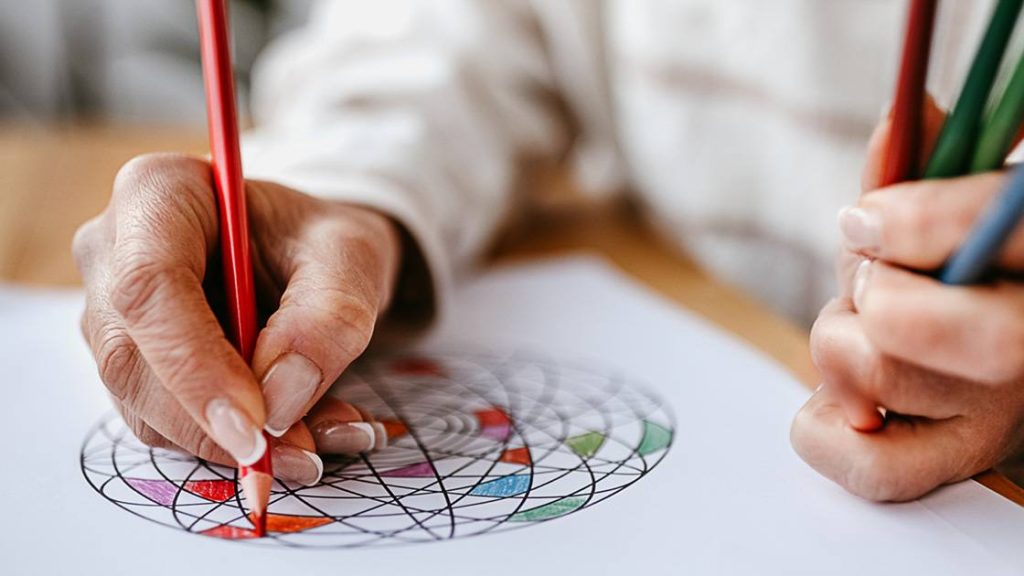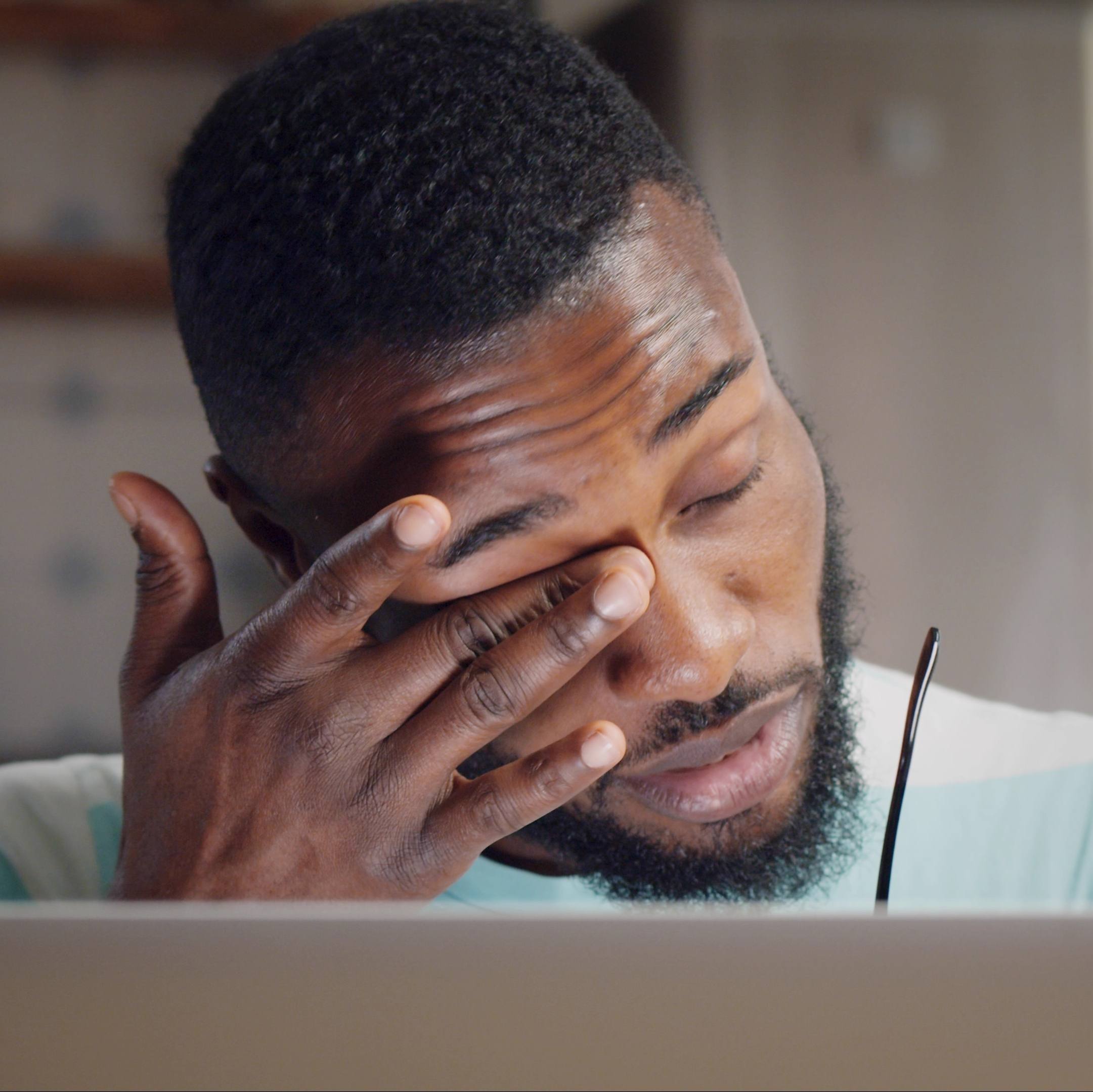-
Coloring is good for your health

What used to be known as a simple, fun activity for kids now is a tool for practicing good mental health. Coloring has increased in popularity recently, especially for adults.
While children's coloring books feature cartoon characters and simple designs, adult coloring books have intricate patterns of flowers, artwork, mandalas or animals. Books are available for purchase, and you can print free coloring pages online. For people who prefer a digital version, many coloring apps are available for mobile devices.
But what makes adult coloring so popular?
Coloring can improve your health by:
Promoting mindfulness
Coloring can help you be more mindful. Mindfulness is the ability to focus and stay in the moment.
For example, because you're focusing on color choice and staying inside the lines, you're only thinking about the present moment. You can shut off the noise around you, and give your mind the gift of focusing on the movements, sensations and emotions of your present moment.
Practice being nonjudgmental as you go through the task with no expectations — just being in the moment. If your mind wanders, which is normal, gently return to what you are experiencing right now. While coloring, you use the parts of your brain that enhance focus and concentration. It gives you the opportunity to disconnect from stressful thoughts.
Relieving stress
Coloring is a healthy way to relieve stress. It calms the brain and helps your body relax. This can improve sleep and fatigue while decreasing body aches, heart rate, respiration, and feelings of depression and anxiety.
Although coloring isn't the ultimate cure for stress and anxiety, sitting down for a long coloring session holds great value. As you color, pay attention to your breathing rhythm, ensuring steady, full breaths from your diaphragm, and tune into your heart rate periodically if you can.
Embracing the imperfect
There's no right or wrong way to color. Coloring is a noncompetitive activity, so there isn't pressure to "level up," win a prize or beat the clock. You can color for as long or as little time as you want. You don't need to finish a picture in one sitting.
Try to let go of judgments or expectations and enjoy the simple beauty of coloring. It doesn't matter if your picture is neat or messy. The only thing that matters is if you found enjoyment and relaxation while coloring.
Other ways to relieve stress
Some people don't find coloring to be relaxing or enjoyable, especially those who didn't like to color as a child. That's OK.
Other fun ways to relieve stress include:
- Spend time with a four-legged friend.
It's no secret that pets make us happy. Their love is unconditional, they are always happy to see us, and they're adorable. Spend some quality time with a pet, or volunteer at an animal shelter if you don't have pets of your own. - Crack open a book.
Reading is a great way to wind down. Like coloring, it helps you lose yourself in the moment and forget about your work or other stressors. - Massage your earlobes.
Massaging the pressure points in your earlobes brings on a calming, relaxing sensation over your body. Do this for a few minutes, and you may start to feel some relief. - Bust a move.
Breaking out your best dance moves along with your favorite song can be therapeutic for many people. If you're dancing throughout most of the song, you also can say you snuck in some exercise. - Take a deep breath.
Deep breathing is a great way to reduce your body's response to perceived threats. Breathe in through your nose for five seconds and hold for two seconds. Then release your breath through your mouth for five seconds.
Joel Bobby is a licensed independent clinical social worker in Psychiatry & Psychology in Austin, Minnesota.
Related material:
Mayo Clinic Minute: Benefits of Coloring
Related Articles







